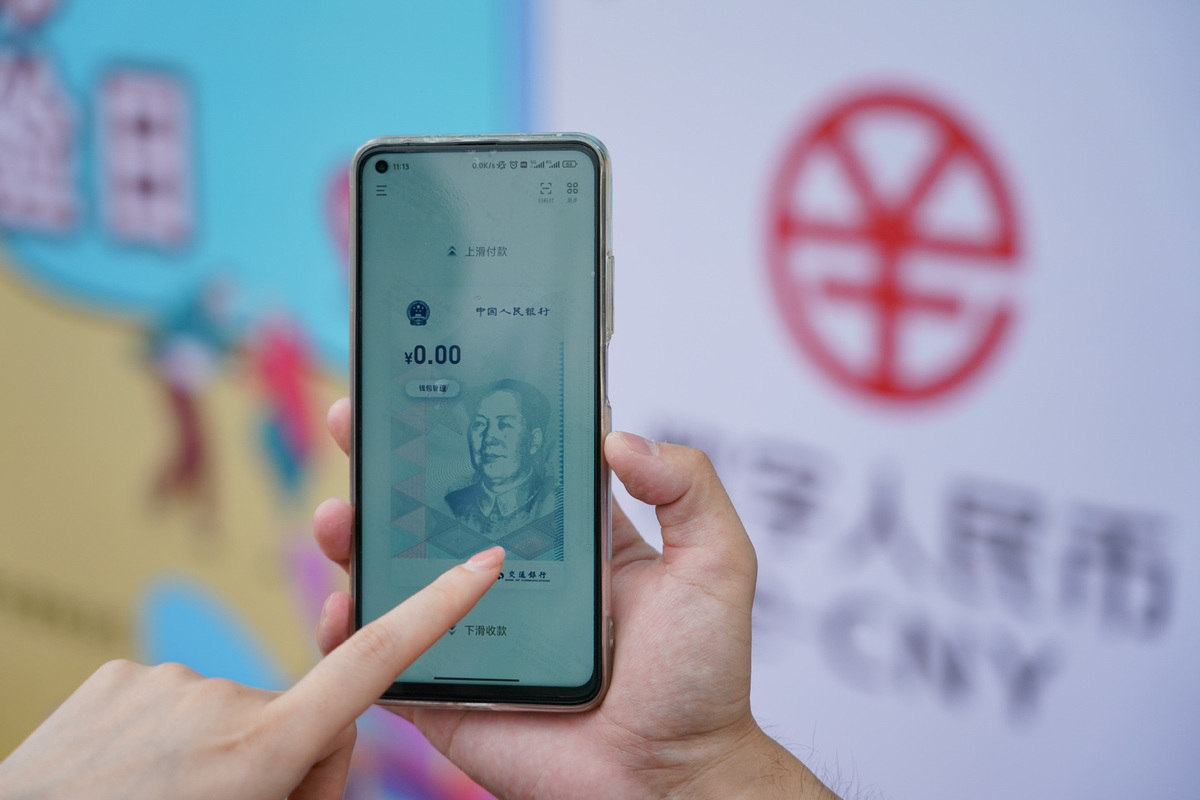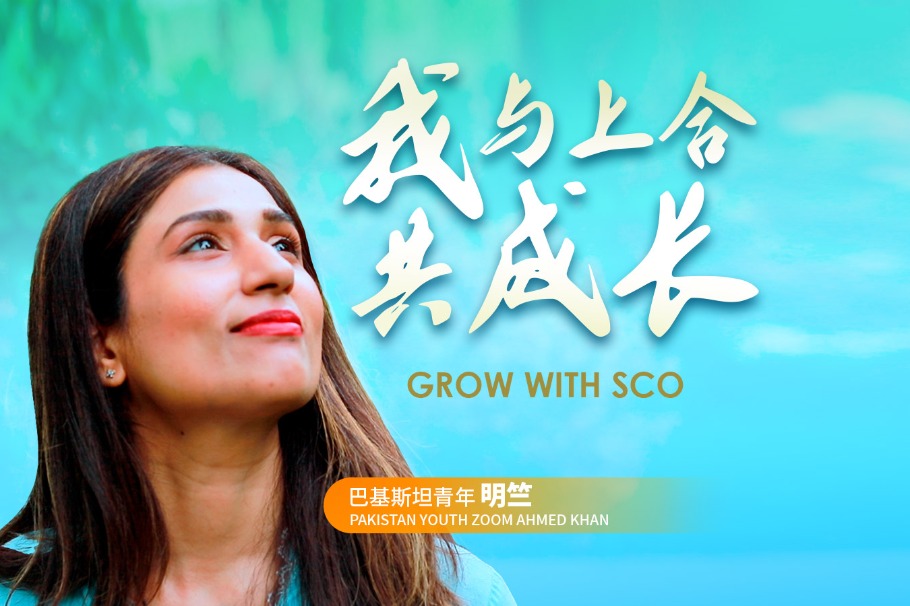Fintech can help improve lives of people with disabilities


Financial technology companies, with the support of governments, can lead the way in making technology a tool for people with disabilities to have greater access to financial services.
One in six people live with a disability in our world today. These individuals suffer a range of auditory, cognitive, physical, speech and visual disorders that can hinder access to financial services. Indeed, when stranded by mobility limitations, they are most likely to live in a "financial services desert" with inadequate or no access to mainstream financial services.
Yet the invisibility of most disabilities makes addressing financial inclusion for these people challenging because many choose not to be open about their difficulties. Visual disabilities, for example, are not only due to mild to severe vision loss in one or both eyes. The color blind can also experience a lower or complete lack of sensitivity to specific colors.
Auditory disabilities include partial hearing loss or hearing impairment in one or both ears. Cognitive, learning and neurological disabilities can range from mild reading-related disabilities to severe impairments. Physical disabilities can include paralysis, arthritis, poor coordination, tremors and missing limbs.
The proliferation of fintech innovations has enormous potential to expand access to finance to many of these people. For example, in the United States, Purple, a niche mobile banking application for people with disabilities, combines a tax-advantaged bank account with a debit card that links to a financial platform using cutting-edge algorithms. As a result, customers are not only able to make contactless, easy, and secure payments with a smartphone, but also manage their wealth and pension accounts.
A new mobile app developed by Kasikornbank is helping people with visual disabilities and the elderly in Thailand to conduct financial transactions on their smartphones via touch screens and voice and vibration systems. Users do not need to look at the screen while transacting. Instead, with intuitive and straightforward finger movements and non-location-based interface technology, multi-sensory feedback directs users in every transaction step.
AllLife has developed life insurance and disability cover for people living with HIV and diabetes in South Africa. Affordable insurance policies are on offer using data-driven algorithmic pricing for previously uninsurable segments. However, customers commit themselves to adhering to an ongoing health monitoring and treatment program.
Tencent's WeBank has enabled accessibility features on its app to ensure visually impaired citizens of China easy access to banking services. The WeBank app integrates biometric authentication, face anti-spoofing, artificial intelligence-powered speech synthesis, and real-time image processing. In addition, the open-source development framework of the app allows WeBank to share its experience with the wider industry to help improve accessibility.
Accessible smartphone apps provide customers with disabilities convenience, financial records, and safety; they lower costs, increase transparency and comfort, and improve customer control over finances.
Yet progress toward these goals is not seamless. There is a wide disability gap in mobile phone ownership-where people with disabilities are less likely to own a mobile phone than the non-disabled. Bangladesh has the widest gap, with 55 percent of the disabled not owning mobile phones, and Pakistan the narrowest, at 11 percent. With the smartphone ownership gap exceeding the overall mobile phone ownership gap, they are most likely to experience a digital divide.
Smartphone uptake is hindered by a lack of perceived relevance, affordability, safety and security, with poor digital literacy, skills and broadband accessibility affecting mobile internet usage.
Even for those who can afford smartphones, weak understanding, navigation and interaction of digital financial products remain a formidable challenge. Embracing inclusive design and rethinking business as usual are critical to empower people of all abilities.
Financial institutions and fintech companies need to ensure that customers with disabilities can access the same financial services that non-disabled people can. They, therefore, need to have a sound understanding of the unique needs of people with disabilities and barriers to technology accessibility.
Today, developed countries such as Australia, Canada, the United States and the United Kingdom stipulate web/digital accessibility guidelines. If any fintech product is not accessible-simple, structured, and easy to navigate-the financial services companies can open themselves to a lawsuit.
A financial product's features must be perceivable, operable, understandable and robust. For content to be accessible online, the information and user interface components must be made available to users in easy-to-perceive ways. All content must be capable of being presented in multiple ways and easy for users to see and hear. These include large print, symbols or other simple languages, speech and Braille.
The user interface components, including navigation, must be operable and not require human intervention when the user cannot perform a task. Users must also have adequate time to navigate any content using inputs from different devices easily.
Ideally, the user must understand every aspect of the user interface operations and the information available on the site. Therefore, the web content must be easy to read and understand.
In addition, it must incorporate features that enable it to prevent users from making mistakes and even correcting them. It must also accommodate a range of user agents and technologies, including assistive technologies, as they evolve.
Mistakes and missteps inadvertently create barriers to digital product accessibility. However, when fintech players commit to overcoming these barriers and learning from their mistakes, inclusive financial products will become a reality in Asia and the Pacific.
The author is principal financial sector specialist in the Sustainable Development and Climate Change Department of the Asian Development Bank. The views don't necessarily reflect those of China Daily.
If you have a specific expertise, or would like to share your thought about our stories, then send us your writings at opinion@chinadaily.com.cn, and comment@chinadaily.com.cn.

































